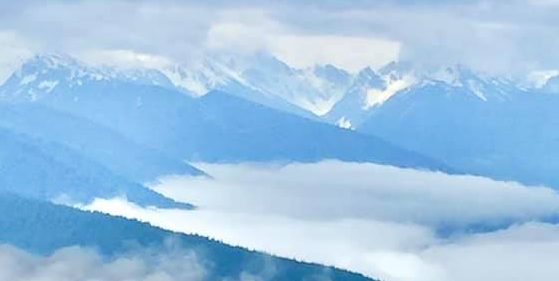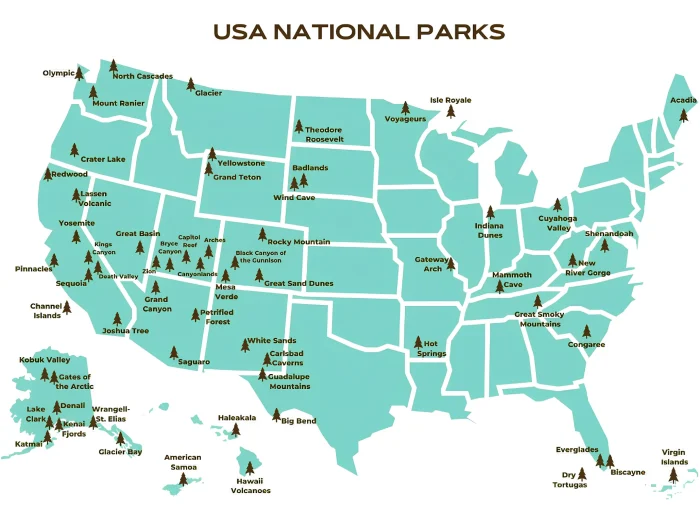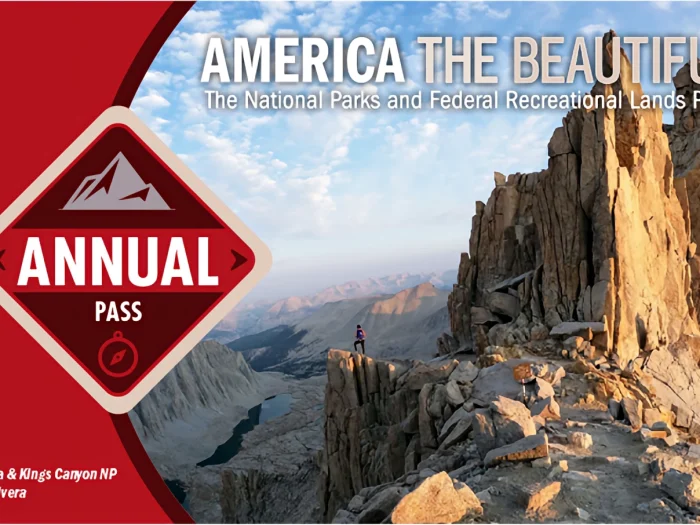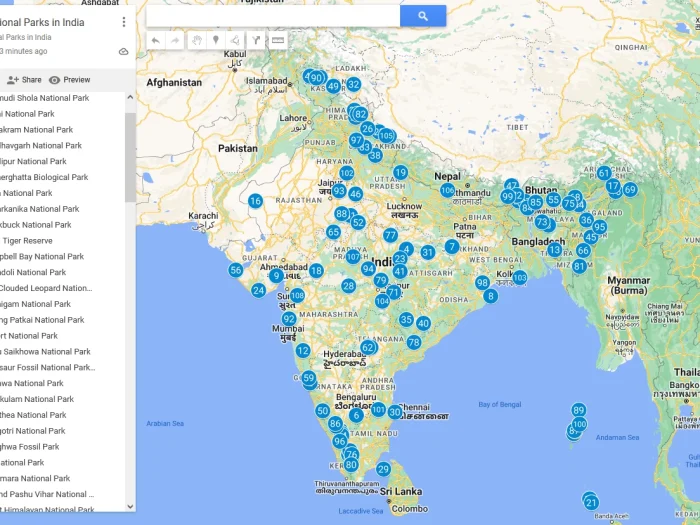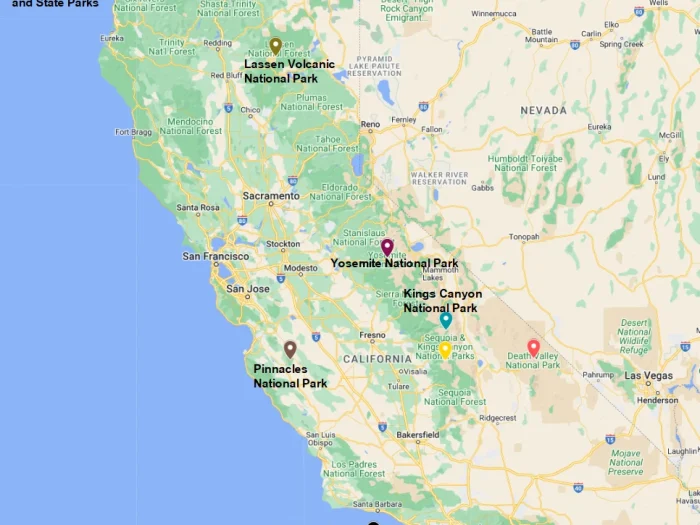Best Things to Do in Gates of the Arctic National Park
Nestled entirely above the Arctic Circle in northern Alaska, Gates of the Arctic National Park and Preserve is one of the most remote, wild, and untouched landscapes in the United States. Covering over 8 million acres, it’s the second-largest national park in the country and one of the least visited—making it a true wilderness experience for adventurous souls.
Here’s a guide to the best things to do in Gates of the Arctic National Park, whether you’re an experienced backcountry explorer or simply looking to witness one of the last frontiers of untouched nature.
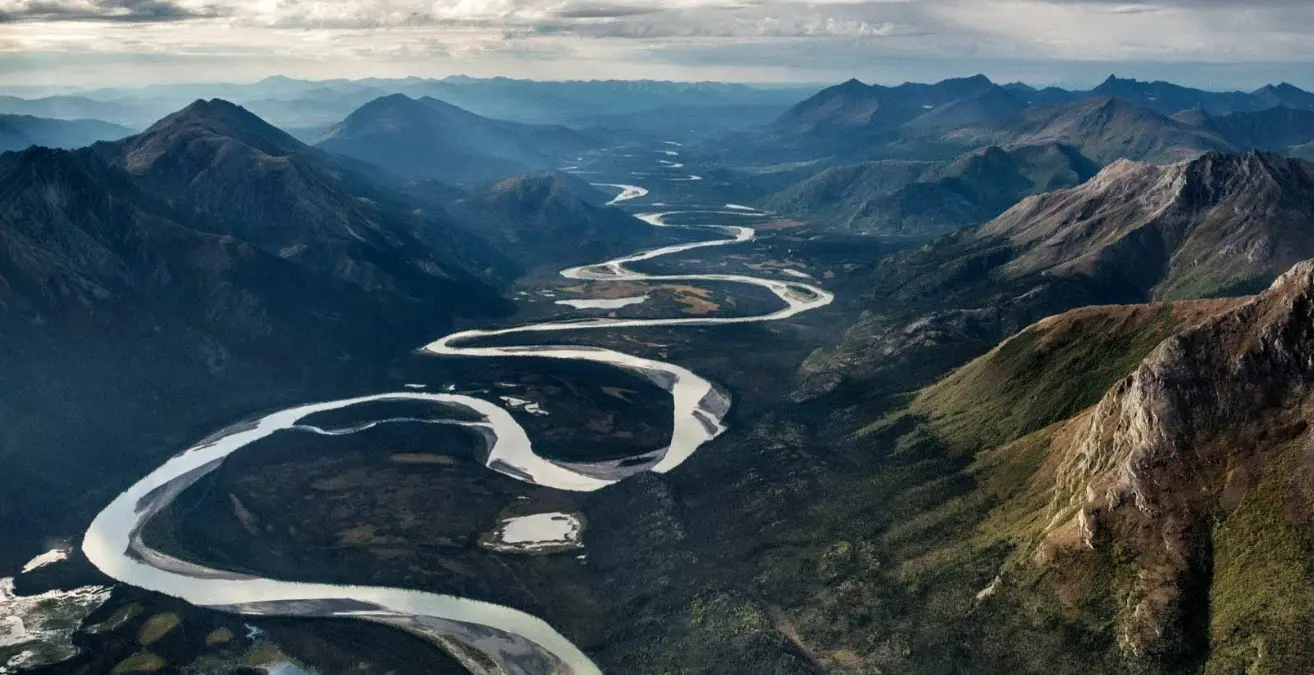
1. Backpacking and Hiking
There are no roads or trails within the park, so all hiking is cross-country and off-trail. This means you’re free to create your own route through tundra valleys, across alpine passes, and along winding rivers. Popular areas include:
- Arrigetch Peaks – Stunning granite spires that attract experienced backpackers and climbers.
- Alatna River Valley – A beautiful and remote river corridor, perfect for multiday treks.
- Itkillik and Oolah Valleys – Known for caribou migrations and sweeping Arctic vistas.
🧭 Pro tip: Bring a topographic map, GPS, and solid navigation skills. There’s no signage—this is true wilderness.
2. Flightseeing Tours
If you’re not up for a rugged expedition, a flightseeing tour is a fantastic way to experience the park’s jaw-dropping beauty from the air. Planes often depart from Fairbanks or Bettles and offer aerial views of:
- The Brooks Range
- Glacial cirques
- Endless tundra
- Wildlife like bears, moose, and Dall sheep
It’s a great way to see the park’s vast scale and remoteness without having to bushwhack through miles of backcountry.
3. Canoeing or Packrafting the Wild Rivers
Gates of the Arctic is home to six designated Wild and Scenic Rivers, including the Noatak, Alatna, John, and Kobuk Rivers. These offer some of the most remote and pristine paddling experiences in the world.
- Float trips can range from a few days to a couple of weeks.
- Packrafting is a great option for travelers flying in with limited gear.
Expect challenging whitewater, cold water temps, and complete solitude.
🛶 Note: You’ll need experience in wilderness river navigation and self-rescue skills—there are no rangers or rescue stations nearby.
4. Wildlife Viewing and Photography
Gates of the Arctic is home to a variety of Arctic and sub-Arctic wildlife. While not guaranteed, visitors might see:
- Grizzly bears
- Caribou (especially during migration seasons)
- Wolves
- Arctic foxes
- Moose
- Golden and bald eagles
Photographers are drawn to the dramatic light, untouched landscapes, and the surreal beauty of the midnight sun in summer.
5. Experience the Indigenous Culture
The park has been home to Native peoples for over 13,000 years. The Nunamiut Inupiat and Koyukon Athabascans still live near and within the park today.
- Visit Anaktuvuk Pass, a remote village inside the park, to learn about the Nunamiut way of life.
- Interact with local guides and hear stories that bring deeper meaning to the landscape.
Respect for the land and its cultural heritage is crucial—remember you are a guest in Indigenous homelands.
6. See the Northern Lights (Aurora Borealis)
While the summer months offer long daylight hours and easier access, visiting in late August or early September may reward you with glimpses of the aurora borealis. With zero light pollution, the park is an exceptional place for aurora viewing.
📸 Bring a camera with a tripod and be prepared for chilly nighttime temperatures.
7. Camping Under the Midnight Sun
Camping in Gates of the Arctic is an unforgettable experience. With no designated campgrounds, you can pitch your tent almost anywhere. In the summer, enjoy 24 hours of daylight and surreal twilight skies that last for hours.
- Always practice Leave No Trace principles.
- Bear-proof your food and gear.
- Expect no facilities—this is true primitive camping.
Essential Tips Before You Go
- No Roads or Services: Access is usually by bush plane from Bettles, Coldfoot, or Fairbanks.
- Self-Sufficiency Required: You must carry all your gear, food, and survival equipment.
- Permits: No entry permits are required, but backcountry users should register with the National Park Service.
- Weather: Arctic weather is unpredictable—expect rain, snow, and wind even in summer.
- Mosquitoes: Come prepared in June and July—they can be intense.
Final Thoughts
Gates of the Arctic National Park is not your typical national park—it’s raw, unmarked, and awe-inspiringly remote. It challenges you to step away from civilization and into the rhythm of true wilderness. For those who are prepared and respectful of its power, it offers a once-in-a-lifetime adventure you’ll never forget.
